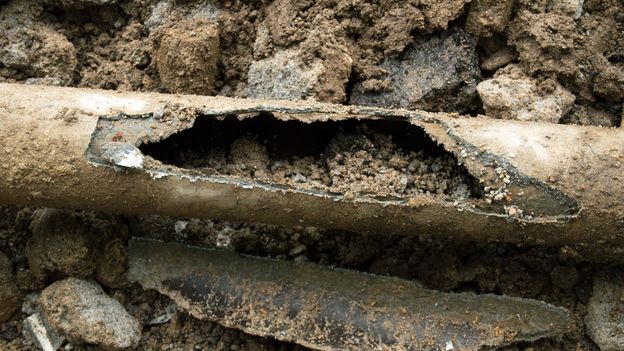Hundreds of thousands of miles of pipes made from asbestos cement deliver drinking water to people around the world, but are reaching the end of their lifespan and starting to degrade. Scientists are now debating whether this could pose a risk to human health.
“The water pipe burst on the top of the hill and flooded into the gas network,” remembers Alan Walker, owner of the Village Stores in Stannington, a suburb of Sheffield on the edge of the Peak District in England. “By the morning, people were turning on their gas hobs and water was coming out. It was one of the worst winters we had. We were one of the last houses to be reconnected, 13 days later.”
He is recalling an incident from December 2022. The burst water main affected more than 3,000 homes, and around 10,000 people in Stannington. More than a year on, it should be just a bad memory of a cold and unpleasant winter. But the water burst highlighted another nagging concern.



Cancer, I would imagine. The fuck kind of headline is this?
deleted by creator
Well, we are about to find out if that assumption is true with a very large study size.
Why wouldn’t we also assume the fibers would get stuck somewhere in the digestive tract?
A really fucking bad one.